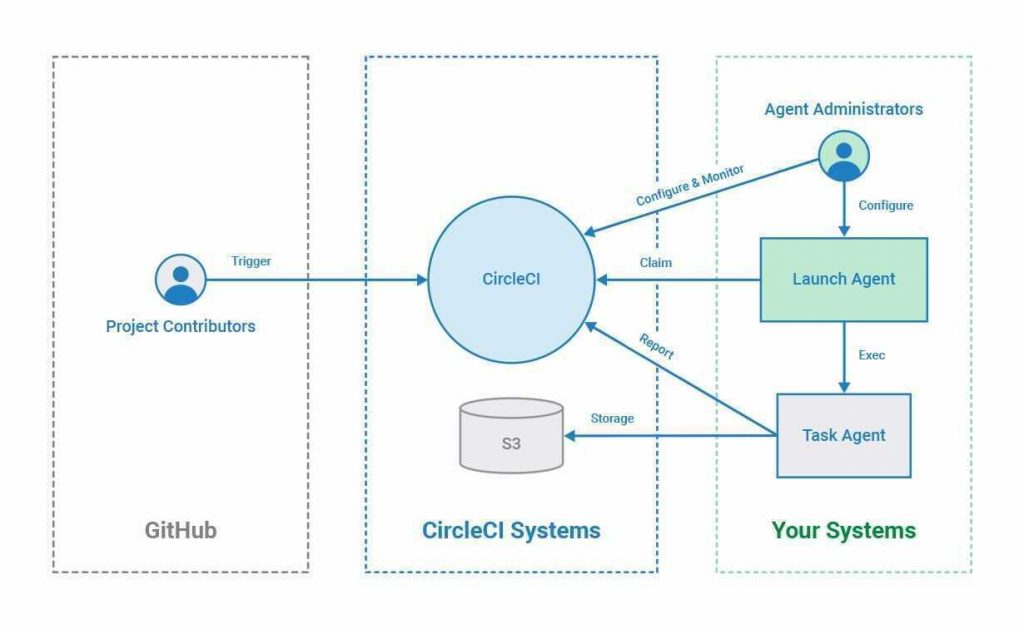CircleCI Extends Support for Kubernetes to Drive Hybrid DevOps Processes
CircleCI today announced it has updated the version of its continuous integration/continuous delivery (CI/CD) platform that can be deployed by enterprise IT organizations to include support for private clusters based on Kubernetes that can also be integrated with Kubernetes services provided by Amazon Web Services (AWS) and Google.
Company CEO Jim Rose says IT teams can now more easily build and deploy cloud-native applications using version 3.0 of the CircelCI Server. The company also announced a self-hosted edition of CircleCI runner, which is the software that CircleCI created to launch and execute tasks on a remote platform.
The company also announced it is now possible to run its software on platforms based on the Arm64 processor.
CircleCI is also making available additional integrations, known as orbs, with open source Terraform configuration tools from HashiCorp; the AWS Elastic Beanstalk service for deploying web applications; the Slack messaging service; and Codecov, a tool for analyzing code. CircleCI reports there are now more than 2,000 reusable integration modules available in its orb registry.
 Finally, the company is making available a set of benchmarks that will enable IT teams to determine their level of software engineering performance.
Finally, the company is making available a set of benchmarks that will enable IT teams to determine their level of software engineering performance.
In general, Rose says the combination of Kubernetes and the CircleCI CI/CD platform architecture will advance the adoption of hybrid cloud computing within enterprise IT environments. IT teams can host Server 3.0 on-premises while employing, for example, Runner to execute tasks on remote platforms such as Google Kubernetes Engine or Amazon Elastic Kubernetes Service (EKS).
Application development and deployment within enterprise IT environments have become hybrid by definition. While many of these organizations may use a CI/CD platform accessed as a cloud service, they often have plenty of use cases where the data and applications can’t run in the cloud, either for compliance reasons or because it is deemed too sensitive to move to a shared infrastructure environment.
Rose says CircleCI is making it possible for DevOps teams to mix and match the elements of CI/CD environment as they best see fit.
In general, Rose notes enterprise IT teams are under more pressure than ever to build and deploy applications faster. Projects involving digital business transformation initiatives have been accelerated to enable organizations to respond more adroitly to business conditions that continue to rapidly change and evolve as the COVID-19 pandemic continues to spread. Achieving that goal requires enterprise IT teams that are now looking to build and deploy cloud-native applications to be all in as far as adoption of best DevOps practices are concerned, he says.
As enterprise IT organizations make that transition, Rose says it’s also critical for them to have access to benchmarks that allow them to measure their overall rate of improvement.
It’s not clear to what degree DevOps teams are relying on the cloud versus local data centers to host CI/CD platforms. In most cases, organizations are trying to transition to the cloud, but the bulk of the data and applications being deployed and updated likely still run in an on-premises IT environment to one degree or another. The challenge is finding a way to embrace DevOps in a world where most IT teams have one foot planted in two or more very different IT environments.




